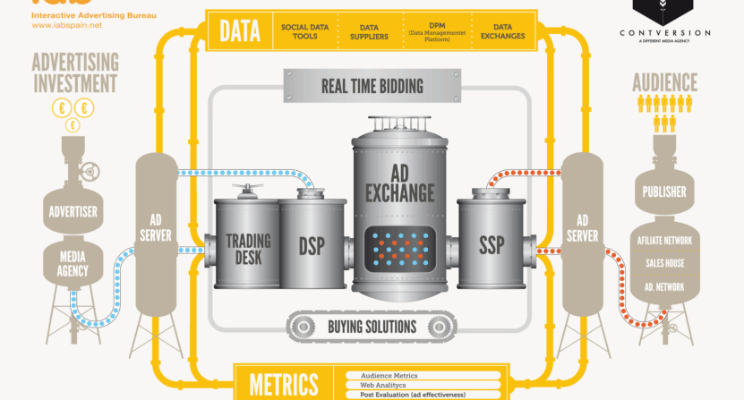
Navigate an unpredictable landscape with actionable, data-driven strategies tailored for your business from the brand down to the local level.

There has been a lot written about the subject of media transparency, but what is certain is that we are at a pivotal moment in agency / client life as a result of growing concerns that agencies have been accused of not always acting in their client’s (the advertiser’s) best interests, privately making money on the back of their spending.
The reality is that ‘hidden earnings’ have been a rumoured part of the global media industry for quite some time, and concerns came to a head this summer when a study carried out by K2 Intelligence for the Association of National Advertisers (ANA) in the US, shined a spotlight on the problem. The report found evidence of multiple controversial practices prevailing throughout the industry including cash rebates, rebates as inventory credits and rebates obscured as ‘service agreements’ for non-media services such as consulting or research.
Bob Liodice, CEO of the ANA, said at the time that “vast changes in technology, the complex digital supply chain, and the proliferation of media outlets have provided agencies with additional opportunities to increase their profit margins beyond agency fees. This has led to disconcerting conflicts of interest and a lack of transparency.”
In the UK also, advertising trade body ISBA has claimed that some media companies have been benefiting financially from similar unethical practices that are not visible to their clients. Earlier in the year it took the unprecedented step of sending its 450 members, a contract template designed to protect their interests when negotiating deals with media agencies.
“We’re at a tipping point, we’ve got to do something,” said Debbie Morrison, a director at ISBA. “I don’t believe that [the media agencies] have got the best interests of their clients at heart any more.”
The impact of programmatic digital display
Possibly the most complex area of transparency, is one of the newest media agency specialisms; Programmatic & in particular digital display.
This space has quickly become a blizzard of several technology components from buy side platforms (DSP’s) to sell side (SSP’s), which have made it nearly impossible for advertisers to establish how much of their advertising money pays for technology, how much is retained by the agency & how much ultimately is left as “working dollars”. The image at the top of this post from the IAB gives a quick snapshot of the number of components in the programmatic ecosystem.
This complexity has resulted in accusations of up to 50% of the media budget being retained by agency and technology partners as part of this process.
Advertisers have traditionally hired media agencies because of their specialist relationships and ability to negotiate the best prices from media owners on their behalf, helping them to get the most out of their budgets. But for these relationships to continue, agencies need to open up their books to marketers and take the lead in transparently demonstrating where their advertising spend is going.
Subscribe to our monthly newsletter.

What advertisers can do…
Without question, it is incumbent for marketers to step up and take ownership of the media transparency issue, and seek out more ‘open’ relationships with their agency partners. Here’s what we recommend:
* Get to grips with the ins and outs of media trading, and in particular, programmatic. Marketers need to increase their knowledge of the digital supply chain, to help close the knowledge gap that currently exists.
* Ask questions. In particular, ask your agency for a report that breaks out all the charges made on your media spend, and consequently how much of your media spend was finally spent with media owners.
* Ask to see the agencies trading arrangements with key vendors. Ask for the right to approve them before they are activated.
* Audit your agency. Use your in-house procurement or finance team to audit the financial transactions undertaken on your behalf.
* Select an agency that offers full contractual & auditable transparency on all elements of their trading ecosystem, including programmatic.
* In certain scenarios, it can be helpful to bring a range of agency partners together, so that they hold each other to account and encourage a culture of transparency. Hotel group Hilton, for example, has reportedly seen success by combining programmatic ad buying with mobile marketing and paid search.
If you’re unsure where your ad spend is going, and would like some advice on the topic of media transparency, please get in touch with us directly.
Navigate an unpredictable landscape with actionable, data-driven strategies tailored for your business from the brand down to the local level.
Navigate an unpredictable landscape with actionable, data-driven strategies tailored for your business from the brand down to the local level.
Navigate an unpredictable landscape with actionable, data-driven strategies tailored for your business from the brand down to the local level.
Subscribe to our monthly newsletter.